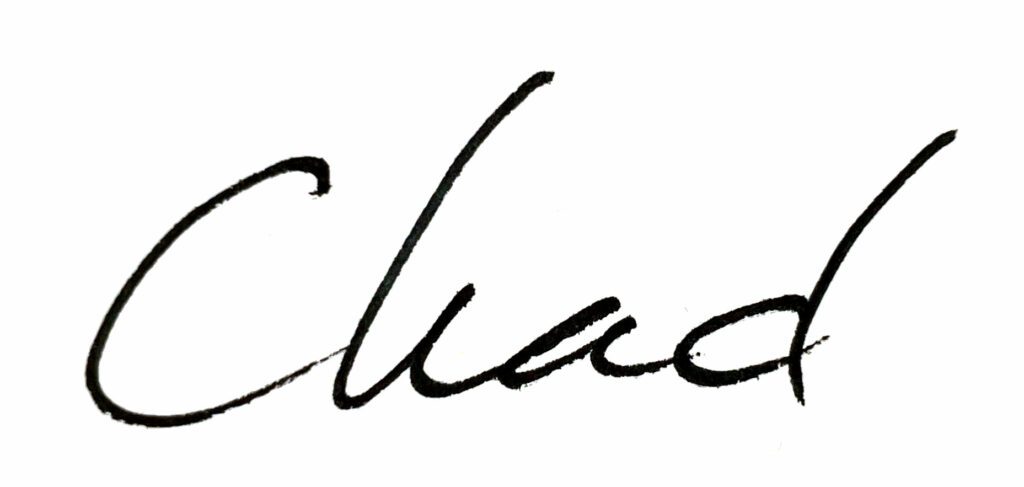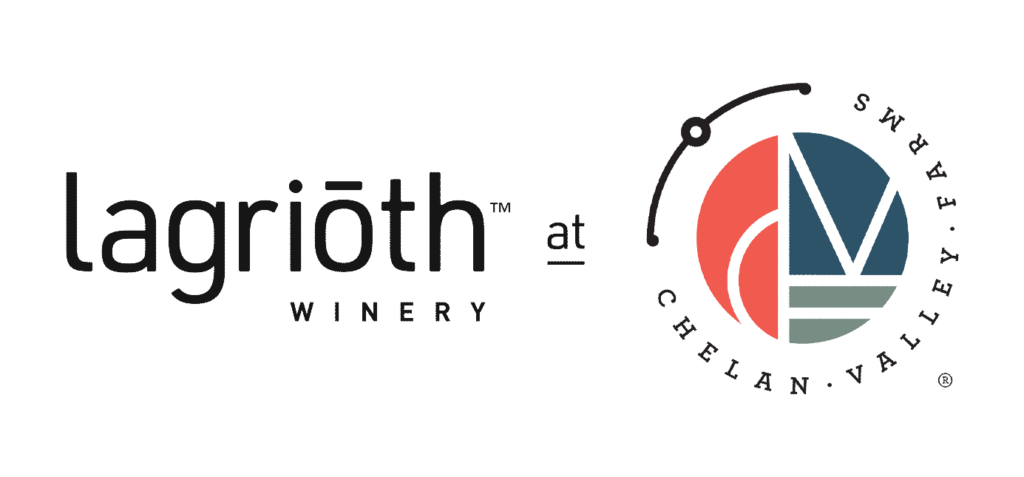“We’re not doing Sustainable WA, or Salmon Safe, or Organic, or Regenerative because of the hype. We’re doing it because it’s the inspirationally right thing to do.” by Chad
A good friend sent me a book recently, What Your Food Ate by David Montgomery and Anne Biklé. I read the title and felt that spark. It’s not about diet trends or food fads. It’s about how the way we farm shapes what our food gives us, and what it doesn’t.
The deeper I got into the book, the more it made sense. It echoed everything we’ve come to believe here at the farm. That soil health is the foundation. That the nutrients in our food are directly tied to the biology beneath our feet. And that food isn’t just something we eat. It’s something that builds us.
But every time I try to share this, I feel the hesitation. I talk about regenerative farming and watch people glaze over. It’s like the conversation gets too technical, too hard to apply. So with this post, I want to try again. Simpler. From the heart. Because I still believe this work matters.
Regenerative farming is about bringing life back to the land.
No tilling. No synthetic sprays. Sheep graze the vineyard to fertilize. Cover crops grow between the vines. We’ve eliminated herbicide use. We’ve gone organic. We listen.
The science is actually pretty amazing. The book explained how plants send sugars into the soil to “pay” microbes that, in return, bring nutrients back to the roots. It’s a partnership that’s been happening quietly underground for millions of years – roots and fungi trading sugars for nutrients. And it’s what makes food truly nourishing.
In paired studies between regenerative and conventional farms, the regenerative crops had more vitamins, phytochemicals, and minerals. Broccoli today has less calcium than it did 50 years ago. That’s not opinion. That’s data. And it’s part of why we’re trying to grow food and wine in a way that puts nutrients first.
Last weekend, we had a wine superstar visit the tasting room. This person had worked in some of New York’s finest restaurants and truly knew wine. It was a little intimidating, honestly. But as we started talking, we found common ground. By the end of the visit, he said, “This is one of the best visits we’ve had during our time here. I truly believe the health of your vines, the way they’re holding up without showing stress, is a reflection of how you’re farming.” That kind of affirmation means a lot. It reminds us we’re on the right path.
We’re not doing Sustainable WA, or Salmon Safe, or Organic, or Regenerative because of the hype. We’re doing it because it’s the inspirationally right thing to do. And we’re not alone. Wineries like Tablas Creek are proving that regenerative farming doesn’t just work – it produces world-class wine. That’s the kind of leadership that gives us hope.
But here’s where people get stuck. Once you know all this, what do you do with it?
Where do you find regenerative food? How do you trust what’s behind the label? It’s not always obvious. And honestly, we get it. We’ve felt overwhelmed too.
But what we’ve learned is that progress doesn’t come from pointing fingers. No one set out to break the food system. Most people in agriculture are solving real problems with the tools they’ve had. That deserves respect.
Still, the case for change is building. And it’s incredibly inspiring.
We’re learning that the soil can be healed. That carbon can be stored underground, not released. That food can be more nutrient dense, and farming can be part of the solution. What we eat can make us stronger. What we grow can bring the land back to life.
This is not about purity. There’s no perfect system. Even on our farm, we face tough choices. But that’s the point. We stay humble. We keep learning. And we believe that by sharing what we’re doing, we can help lead others toward something better.
So here’s what you can do:
- Support farms that are growing regeneratively
- Choose nutrient-dense, local food when you can
- Ask questions
- Visit a farm like ours and see what this looks like in real life
- Read What Your Food Ate
- Watch Kiss the Ground or Common Ground
Be encouraged. Be curious. Be part of the change by how you choose to eat, support, and share. It matters.
The book reminded me why we started this. But this farm, this soil, and the food and wine we grow – this is what keeps us going.
Even if no one seems interested.
Cheers,





Great article Chad. It was interesting hearing you talk about it the other day too.
We are all learning. Thanks for your inspiration.
Thank you Mary!!! Really appreciate it!! It’s been fun!
Absolutely beautifully said. “Simpler. From the heart.”
Simple sentences, clean, inspiring message. You are the Hemingway of Farming. Bravo! 🤩
(And I bought the book.) 😊
Thank you for rooting us on Julie!!! We really appreciate it – and can’t wait to talk about the book.
I’m interested and appreciate your continued dedication to regenerative farming and to educating us all. It matters and you’re having an impact!
Thanks for the steadfast and continued support Lynn!
Thank you for sharing such a well-structured and easy-to-digest post. It’s not always easy to find content that strikes the right balance between informative and engaging, but this piece really delivered. I appreciated how each section built on the last without overwhelming the reader. Even though I’ve come across similar topics before, the way you presented the information here made it more approachable. I’ll definitely be returning to this as a reference point. It’s the kind of post that’s genuinely helpful no matter your level of experience with the subject. Looking forward to reading more of your work—keep it up! profis-vor-ort.de
Thank you, thank you!